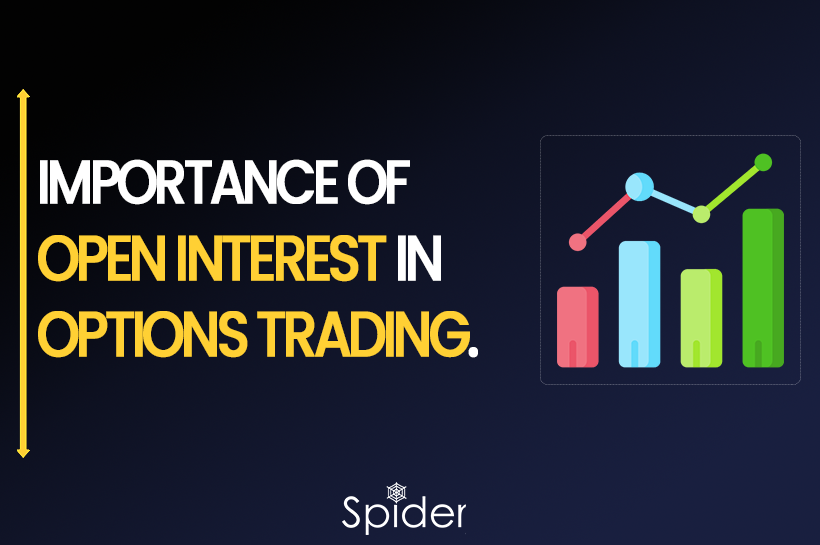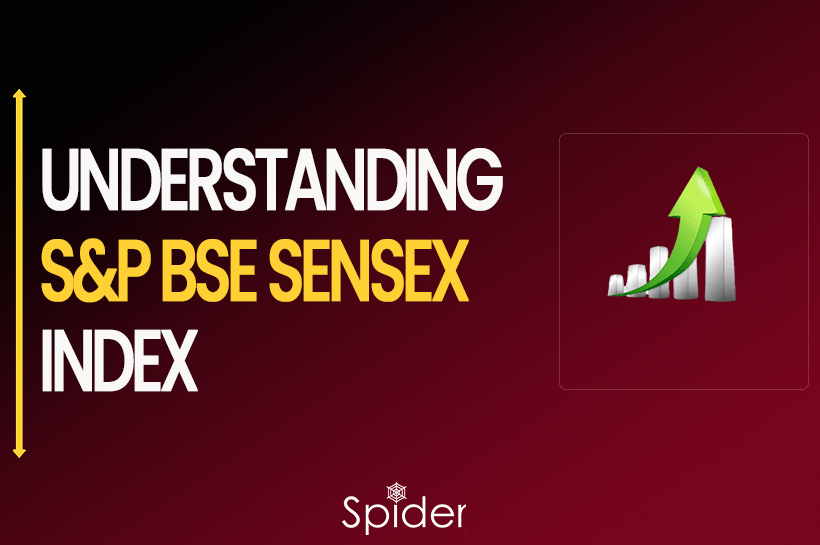Open interest refers to the total number of active options contracts, providing insights into market participation and sentiment among traders.
What is Open Interest?

It tracks the total number of active derivative contracts, such as options or futures, that remain unsettled for a specific asset. It provides insights into the contract’s popularity andmarket participation leveln. Examining the money flowing into the contract, it helps determine the extent of involvement from more or fewer participants.
Calculation Of OI.
To calculate, one counts the number of outstanding or open contracts for a specific derivative, like options or futures. The addition of a new contract increases OI, while closing or settling a contract reduces it.
For example, let’s consider a stock option contract. If there are 100 outstanding option contracts to buy shares of ABC Company, and another 50 outstanding option contracts to sell shares of ABC Company, the total OI for that option contract would be 150.
It shows us how many active contracts are still open and have not been settled. It gives us an indication of the level of interest and participation in a particular derivative contract.
How different are Open Interest and Daily Trading Volume?
Open interest and daily trading volume are two different measures that provide insights into a financial instrument’s activity, such as a stock, option, or futures contract.
The total number of shares or contracts bought and sold in a single trading day represents the daily trading volume. It indicates the level of activity for a specific instrument on that particular day. For example, if the daily trading volume is 1 million shares, it implies that market participants bought and sold 1 million shares during the trading day.
On the other hand, OIrepresents the total number of outstanding or open contracts for a specific derivative, such as options or futures. It gives us an idea of the total number of currently active contracts that have not yet been settled.
While both measures provide valuable information, they serve different purposes. Daily trading volume reflects the level of trading activity on a particular day, showing the liquidity and interest in the instrument within a short timeframe.
On the other hand,OI shows the overall number of contracts that are actively held and have not been closed or settled.
How Important it is for the Traders?
Open derivative contracts are important for traders because they provide valuable market information. Firstly, it shows how actively a financial instrument is being traded, indicating the level of interest and participation. Secondly, changes in OI can reveal shifts in market sentiment, helping traders align their strategies accordingly. Additionally, higher derivative contracts imply a more liquid market with easier trader entry and exit. Significant OI at specific price levels can act as support or resistance, influencing price movements. Lastly, it is crucial for options traders as it gauges the popularity and liquidity of options contracts, impacting trading conditions. Combining open derivative contracts with other indicators enhances traders’ understanding and supports well-informed decisions.
How to Analyze & Monitor Open Interest?
Here are some simplified steps to analyze and monitor derivative contracts:
- Look for trends: Watch how open interest changes over time. An increasing number of people indicating increasing OI, eventually indicating potential price movements. If it decreases, it may mean less interest or a period of stability in prices.
- Compare with trading volume: Compare OI with the amount of trading activity happening. If both open interest and trading volume are rising, it suggests a strong trend. If OIis rising but trading volume is going down, it could mean people are closing their positions, which might lead to a reversal in prices.
- Consider price movements: See how price changes relate to open interest. If prices are going up and open interest is increasing, it could mean a positive market sentiment as more traders are taking long positions. If prices are going down and open interest is increasing, it could indicate a negative sentiment as more traders are taking short positions.
- Watch for differences: Pay attention to any differences between price movements and open interest. If prices rise but open interest is going down, it could suggest a weakening trend as traders close their positions. Similarly, if prices are falling, but open interest is decreasing, it may indicate a potential reversal as traders unwind their positions.
- Monitor important levels: Monitor key open interest levels, such as option strikes or futures expirations. High open interest at these levels can impact price movements as support or resistance areas.
Remember, open interest analysis is just one tool among many to guide trading decisions. It’s important to consider other indicators and do thorough research to make informed choices.
To sum Up:
To sum up, OI plays a crucial role in options trading. It helps traders assess the popularity and liquidity of specific options contracts. Higher OI often leads to better trading conditions, such as tighter bid-ask spreads. By monitoring it, traders can make more informed decisions and understand market sentiment. OI should be considered alongside other indicators for a comprehensive understanding of the options market.
Achieve financial independence as a profitable trader while maintaining your regular job.
Click Here To Register

Also, Check out our article on Understanding Vix the Role of VIX in Trading
Disclaimer: The information provided in this Blog is for educational purposes only and should not be construed as financial advice. Trading in the stock market involves a significant level of risk and can result in both profits and losses. Spider Software & Team does not guarantee any specific outcome or profit from the use of the information provided in this Blog. It is the sole responsibility of the viewer to evaluate their own financial situation and to make their own decisions regarding any investments or trading strategies based on their individual financial goals, risk tolerance, and investment objectives. Spider Software & Team shall not be liable for any loss or damage, including without limitation any indirect, special, incidental or consequential loss or damage, arising from or in connection with the use of this blog or any information contained herein.





